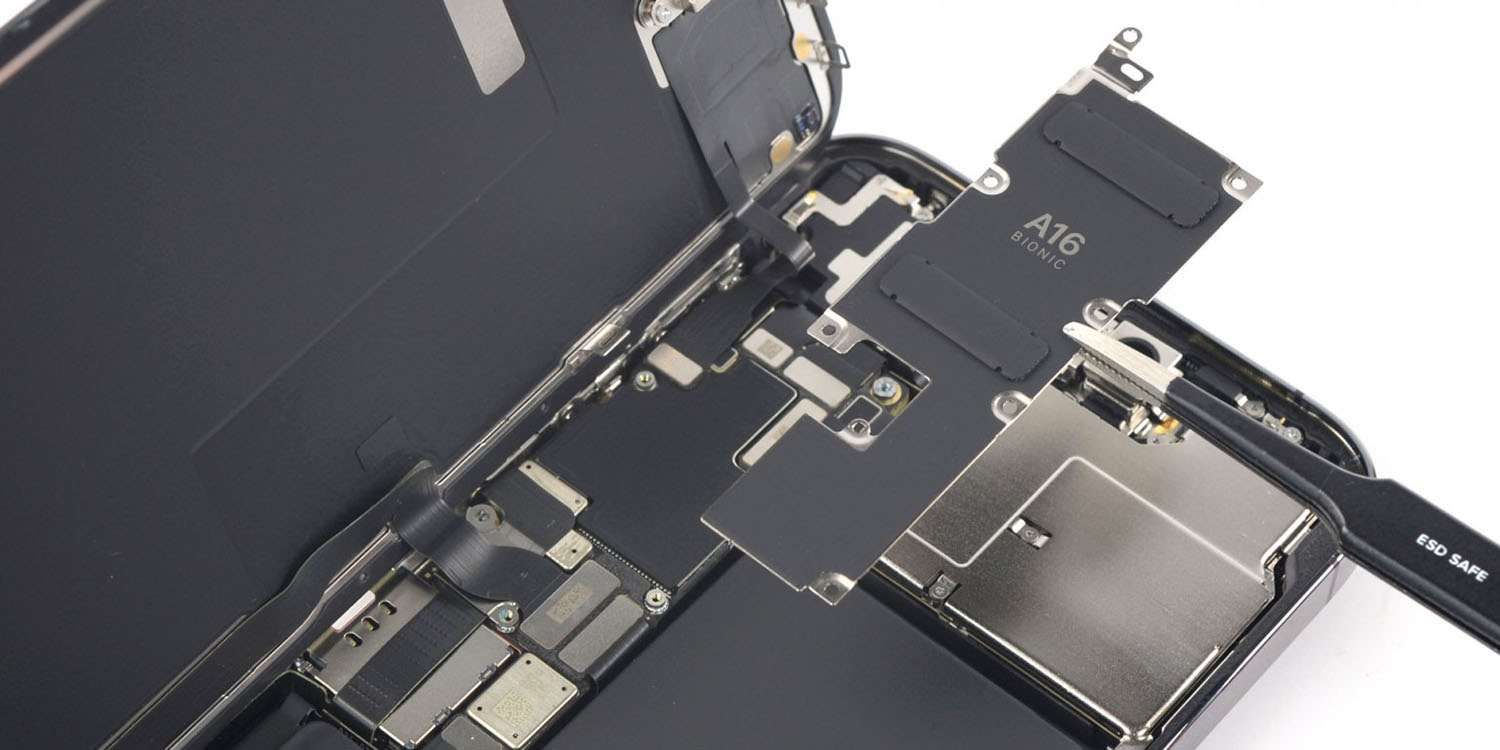
On paper, Apple US manufacturing operations doubled between 2020 and 2021 – but the likely reality is that the vast majority of US production is carried out on a small scale, for test purposes.
The number of US manufacturing sites among Apple’s suppliers increased from 25 to 48 in the course of a year, according to the company’s latest supplier list …
The majority of Apple products are made in China, though the company has been slowly working on diversifying into other countries. India has become a major secondary manufacturing hub for the company, with Vietnam also growing in importance.
The only product with final assembly in the US was the Mac Pro. The 2013 model was made in Apple’s home country, and the same was true of the 2019 model (after some uncertainty, and an asterisk) – with the Cupertino company stressing that it used components from a dozen US suppliers across eight states.
Apple has now published its latest Supplier List, and Bloomberg notes the increase in US manufacturing sites.
Of Apple’s more than 180 suppliers, 48 had manufacturing sites in the U.S. as of September 2021, up from 25 a year earlier, according to a supplier list released by Apple. More than 30 sites were in California, compared with fewer than 10 a year earlier.
Many major suppliers such as chip makers Qualcomm Inc. and Taiwan Semiconductor Manufacturing Co., product assembler Foxconn Technology Group and image sensor provider Sony Group Corp., added production sites in the U.S. during the year, the list shows.
It should be stressed, however, that “manufacturing” includes small-scale test production, and it’s probable that the majority of US manufacturing falls into this category.
Apple is naturally secretive about its exact processes, but there are known stages – and it’s likely that two to three of them are carried out in the US. Given COVID-19 lockdowns in China, Apple may have moved more of the early test phases to the US.
Prototypes
Prototypes are very early models of new products designed to test out different approaches. Typically they will fall into two categories: design prototypes and functional prototypes.
Design prototypes, also referred to as “looks-like,” are non-functional models intended to see how a particular design would look and handle. Functional prototypes (“works-like”) are, as the name suggests, working versions of the technology – but will typically look nothing like the final product.
Apple makes prototypes in its own design studios, which include capabilities like computer-controlled milling of aluminum, and 3D printing.
Engineering Validation Test (EVT)
This is the point at which the design and functional prototypes come together, producing devices that use the intended materials, and which both look and work like the final product.
The EVT is intended to ensure it really is practical to manufacture the product in its intended form, and to identify production challenges that may need to be overcome.
Companies typically make anywhere from 100 to 1,000 EVT devices, and it is likely that some of these are made in the US.
Design Validation Test (DVT)
These are products made using the exact processes intended to be used on the final production line, and to experiment with potential alternatives. Every variation (color, capacity, etc.) is made. Typical quantities for Apple are likely to be in the low single-digit thousands. This work may be split between US and China.
Production Validation Test (PVT)
This is the final test phase, carried out on the actual production lines, to ensure that quality, yields, timings, and costs are all as expected. This is done in the country of manufacture.
Apple’s hybrid approaches
Typically, for those stages carried out in China (or elsewhere), Apple would send its own engineers over to supervise and monitor. COVID-19 lockdowns made this difficult or impossible, so Apple developed new remote working processes, including live-streaming from production lines.
The iPhone maker has also adopted some technology, including live-streaming, that helps staff based at its headquarters in Cupertino, Calif., remotely follow what’s happening on China’s factory floors, the people said. Apple has used iPads to communicate and augmented-reality tools to help technical experts in Cupertino check factory issues.
Chinese managers were also given greater powers, although final decisions were still made in Cupertino.
Photo: iFixit
FTC: We use income earning auto affiliate links. More.





Comments